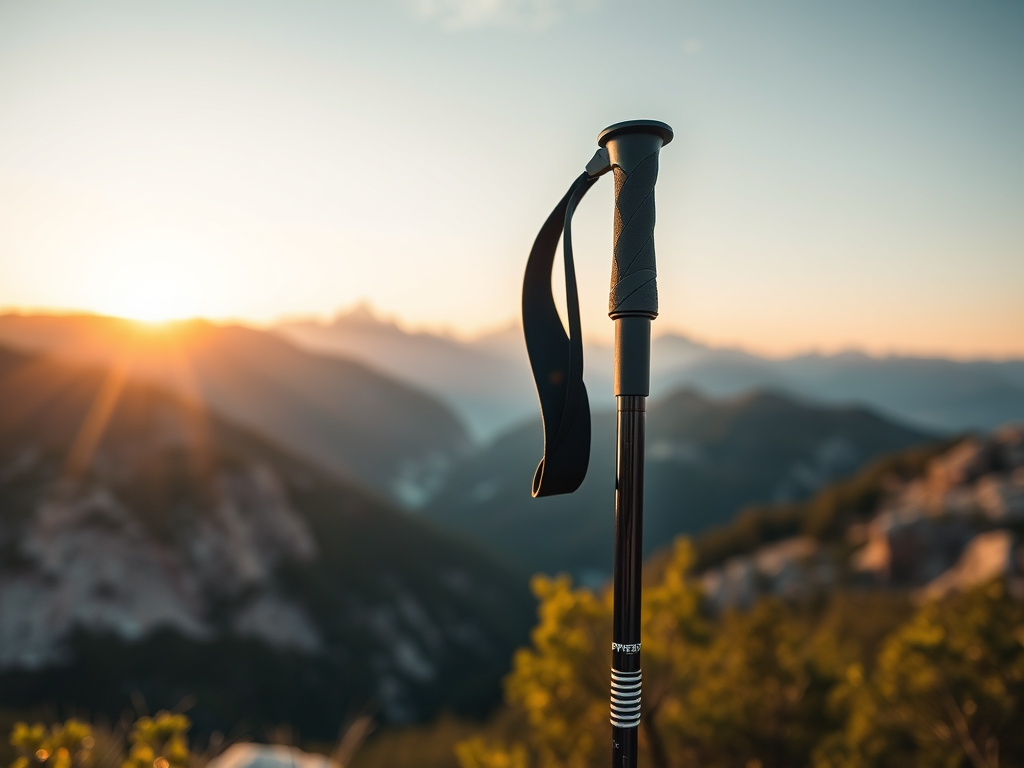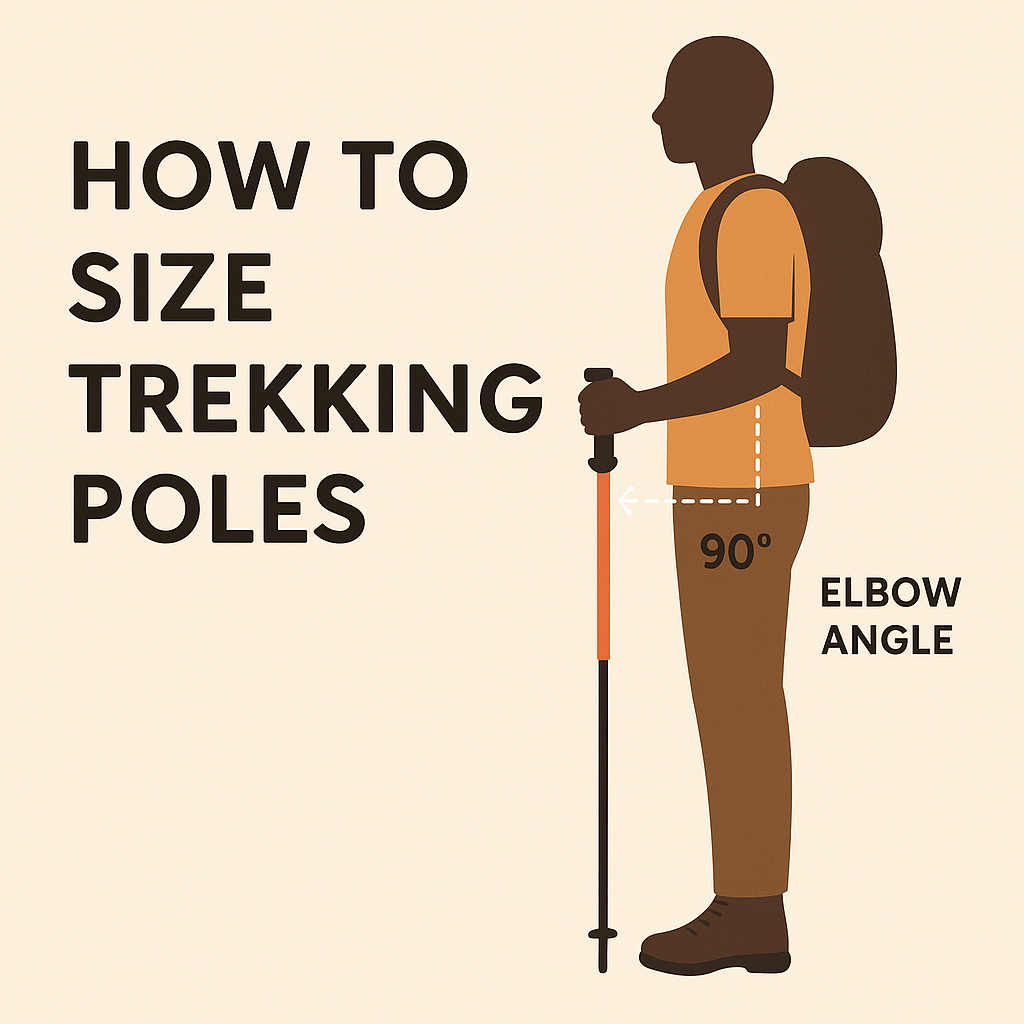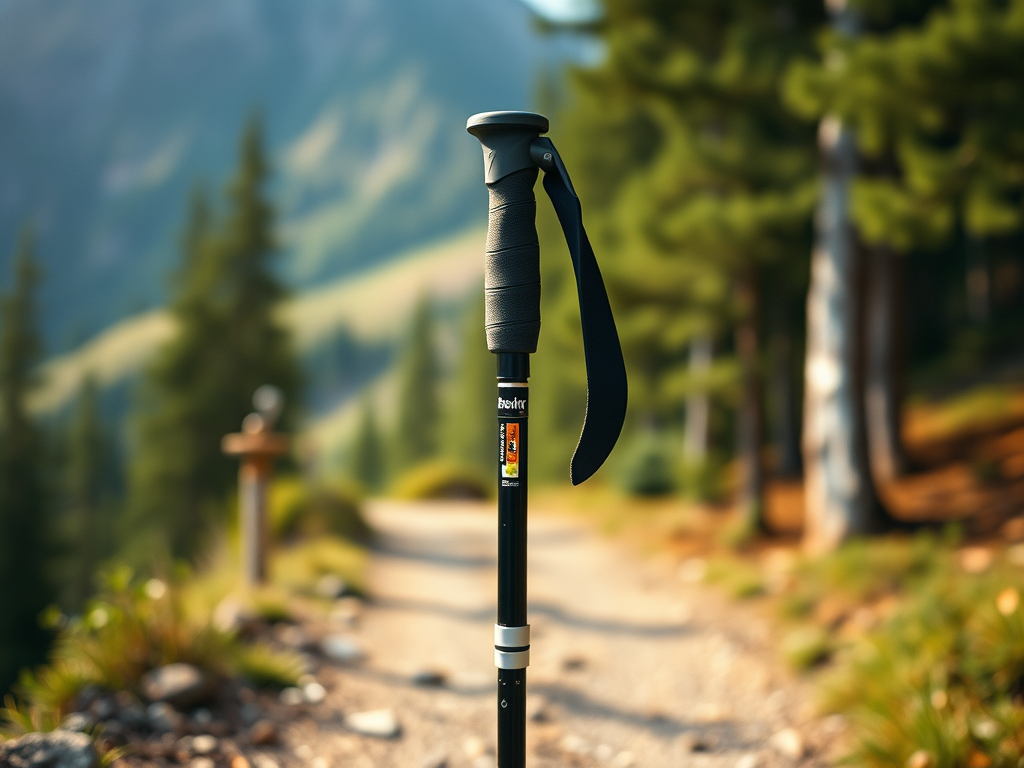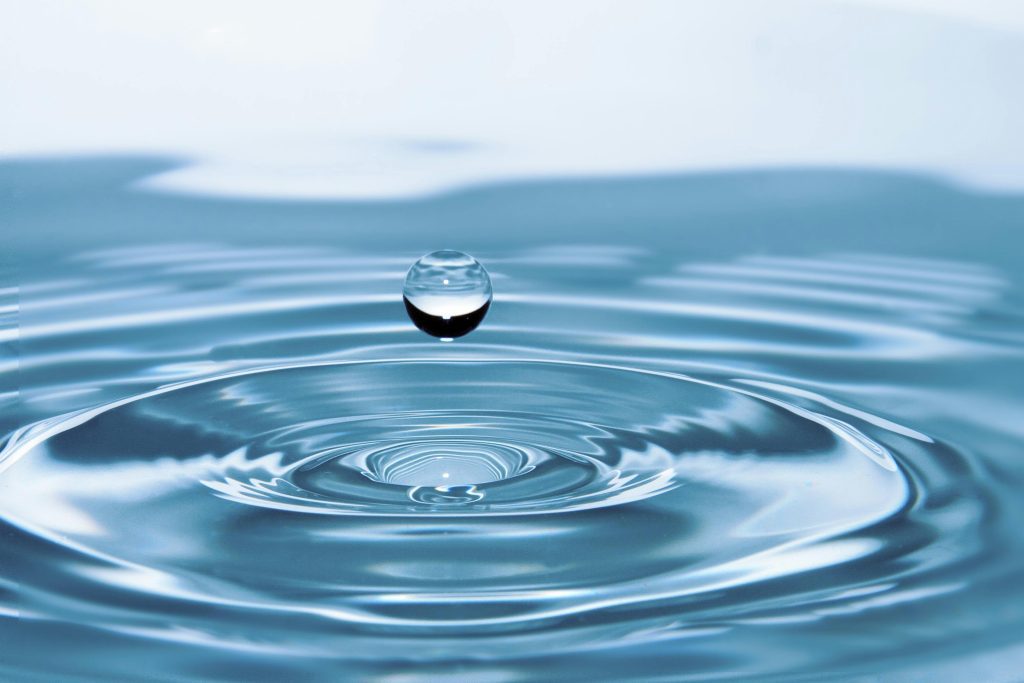
If you’ve spent any time exploring the trails of Northwest Montana, you know the difference good trekking poles can make. Even just walking the rolling hills outside of town reveals their value. These aren’t just sticks for balance. They’re an extension of your body. They serve as a rhythm keeper and a shock absorber. They can even be a lifesaver when a trail gets muddy, icy, or unexpectedly steep.
But here’s the question: what makes the perfect trekking pole?
That’s what we’ll unpack here. From materials and grips to top recommendations, this is your one-stop guide to trekking poles. It won’t let you down whether you’re strolling through Heron Park or braving the Highline Trail in Glacier National Park.
Why Every Hiker Should Use Trekking Poles
If you’re still undecided about whether trekking poles are worth the investment, let’s break down the benefits:
- Balance on Unpredictable Terrain: Montana trails are full of roots, rocks, and creek crossings. Poles give you two extra points of contact.
- Reduce Joint Stress: Descending with a heavy pack? Poles shift impact away from knees and hips.
- Energy Efficiency: Once you find your rhythm, trekking poles propel you forward. Your arms can then share the workload with your legs.
- Versatility: They’re handy for pitching ultralight shelters, testing snow depth, or even keeping curious wildlife at a safe distance.
Many hikers who switch to poles wonder how they ever managed without them.
The Building Blocks of the Perfect Trekking Poles
Not all poles are created equal. Here are the factors that separate a just-okay pole from one you’ll want to take on every adventure.
1. Material
- Carbon Fiber: Ultra-light and great for long treks, though more expensive and slightly less durable.
- Aluminum: Affordable, tough, and a solid choice for rocky or rough trails.
2. Grip Type
- Cork: Comfortable, breathable, and molds to your hand over time.
- Foam: Lightweight and soft, good for warm weather hikes.
- Rubber: Durable, better for colder climates where insulation matters.
3. Adjustability & Locks
- Telescoping: Versatile for different terrain and multiple users.
- Folding/Collapsible: Perfect for backpackers and travelers with limited space.
- Locking Mechanisms: Lever locks are quick and reliable; twist locks are sleek but can slip if not tightened properly.
4. Tips & Baskets
- Carbide Tips: Dig into rocky ground for traction.
- Rubber Caps: Trail-friendly and quiet.
- Snow & Mud Baskets: Essential in winter or wet shoulder seasons.
5. Weight & Packability
Ultralight hikers will care about shaving ounces. Casual day hikers? Durability may matter more than weight.
Quick Sizing Guide
Proper fit is key. Stand with your elbow bent at a 90° angle—your pole handle should rest right in your hand. Adjust slightly shorter for uphill climbs and a bit longer for descents.

Best Trekking Poles You Can Buy
Here are some top picks that balance performance, durability, and price.
- Best Lightweight Carbon Pole
Black Diamond Alpine Carbon Cork Trekking Poles – Trusted by long-distance hikers for their lightweight build and comfort. - Best Budget Aluminum Pole
TrailBuddy Trekking Poles – Durable, affordable, and easy to adjust. - Best Collapsible Travel Pole
LEKI Micro Vario Carbon Poles – Packs down small for flights or backpacking trips. - Best for Winter Adventures
Cascade Mountain Tech Trekking Poles with Snow Baskets – Equipped for snowshoeing, icy paths, and deep powder.
How to Use Trekking Poles Like a Pro
- On Uphills: Shorten your poles slightly to help push yourself upward.
- On Descents: Lengthen them for stability and shock absorption.
- On Flats: Keep elbows at 90° and find a steady rhythm.
- With Straps: Slip your hand in from the bottom and let the strap carry some weight—you’ll save grip strength.
Maintenance & Longevity
Take care of your poles, and they’ll take care of you:
- Rinse mud and grit after each hike.
- Dry before storing to prevent corrosion.
- Replace worn tips instead of tossing the whole pole.
Why This Matters in Montana
In Northwest Montana, trails change with the seasons—icy slopes in winter, muddy switchbacks in spring, and rocky scrambles in summer. A good trekking pole adapts with you. For locals and visitors alike, investing in the right gear ensures more miles, fewer injuries, and better memories on the trail.
The Trail Awaits
From Glacier’s alpine passes to the rolling paths near Kalispell, the perfect trekking pole becomes more than gear—it’s part of the story you’ll tell when the hike is over. Pick the pole that feels right in your hand, load up your pack, and step into the wild. The mountains are waiting.
Ready to find yours? Check out our recommended trekking poles above and gear up for your next Montana adventure.
Discover more from Gear Up!
Subscribe to get the latest posts sent to your email.




